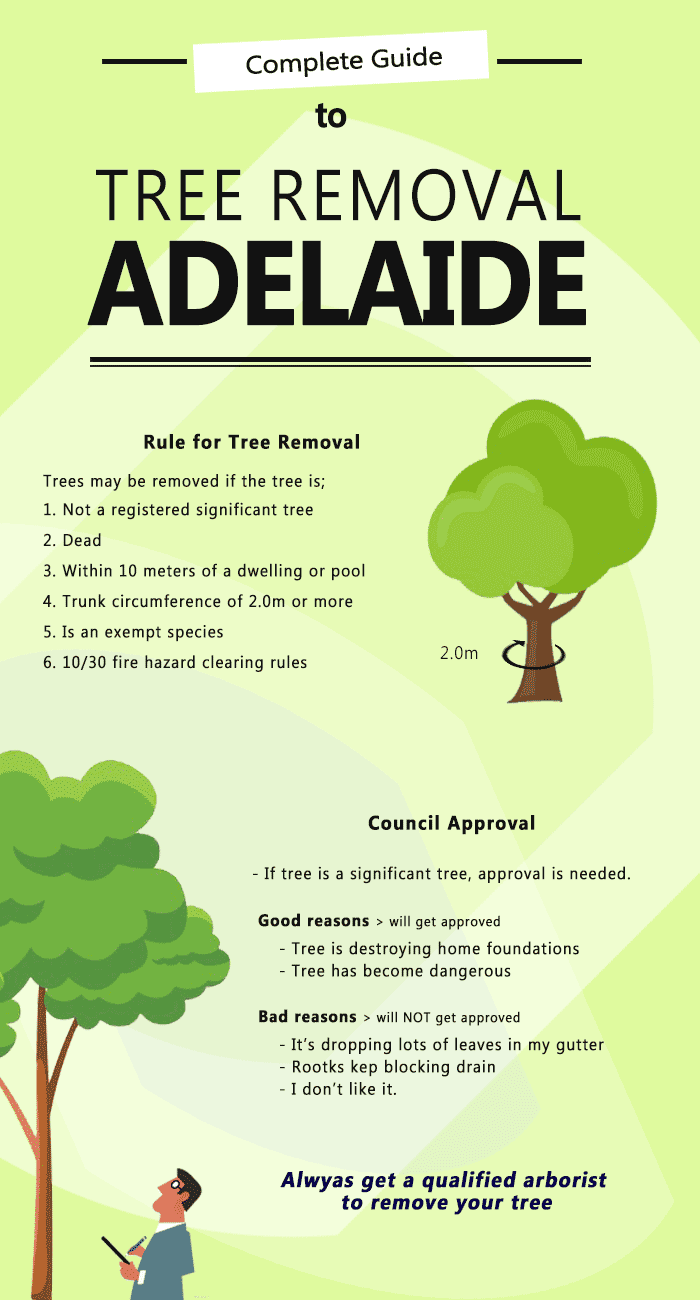Protecting Your Landscape: Replanting After Tree Elimination
Protecting Your Landscape: Replanting After Tree Elimination
Blog Article
Created By-Breum Adams
Tree elimination can leave a void in your landscape that requires dental filling. You can grow something new in that space, yet it takes added treatment and focus at the beginning to aid it flourish.
The dirt because area will keep transforming gradually as microbes break down the old roots. That can influence the vitamins and mineral equilibrium and physical area for brand-new growth.
Soil
The dirt in a plot where a tree has been gotten rid of is most likely to be extremely different from the rest of your garden or backyard. The roots of the old tree and the stump will certainly have transformed the soil, getting rid of some nutrients and potentially crowding out various other plants. On top of that, if the previous tree was diseased, the infectious agent might still be in the ground.
https://oilcity.news/community/2019/10/22/casper-tree-trimming-rules-face-possible-amendment/ of roots promotes an abundant and varied community of soil bacteria that improves vital procedures like vitamins and mineral biking and raw material decay. Without these bacteria, the displaced soil can become much less fertile and nutrient-depleted, with an unfavorable influence on plant growth.
Before replanting, the dirt should be removed of particles and organic material (such as wood chips from stump grinding). You may desire to mix in potting soil or native dirt with this compost to offer your brand-new planting with a setting that is well balanced and filled with nutrients.
Water
Tree roots soak up big amounts of water from the dirt. This process additionally adds nutrients back to the soil, especially nitrogen, which is essential for brand-new trees and plants. Unfortunately, old soil can be diminished of these crucial minerals because of the worn out roots and stump from a gotten rid of tree.
This is why it is very important to have a prepare for the future of your landscape. Preferably, the most effective time to plant is when you have a clean slate.
Whether you're growing yard or flowers, ensure to utilize a soaker hose to avoid overwatering your new landscaping. If the location was a garden, make sure to cover the dirt with natural mulch to aid keep dampness in the soil, manage dirt temperature levels and reduce weeds. This also supplies a layer of protection for young plants and advertises worm task. Then, consistently restore the compost to proceed boosting the soil nutrient density and microbial life. This is known as dirt reconstruction.
Light
Trees are an excellent addition to any landscape, providing shade, visual pulchritude, and lots of other benefits. Nonetheless, in some cases trees end up being undesirable as a result of a variety of factors, including illness, pest infestations and all-natural aging.
In such instances, it may be needed to get rid of a tree. It is essential to consider the worth of a particular tree in your landscape design and take the appropriate actions to guarantee that the elimination is done securely and efficiently.
During the late summertime, it's an excellent time to perform maintenance and evaluations on existing trees. Seek signs of illness, insect problems, or architectural damage, along with any kind of prospective hazards such as damaged or leaning trees.
Prior to beginning any type of building and construction tasks, be sure to secure the origin zones of existing trees by staying clear of dirt compaction and grading around them. Organic matter, as it breaks down, can generate toxic gases that are harmful to the origins of a tree. It's also a good concept to mulch the area around a tree after construction has finished to preserve wetness and suppress weed growth.
Temperature
Trees are very important to a landscape for their visual allure, yet they also play an essential function in the local ecological community by giving color and windbreaks. They sustain wildlife environments and lower the amount of co2 airborne, which can add to global warming. This is why it is recommended to replant trees after removing one from the building.
When replanting a new tree in the location of a previous stump, the dirt might not have sufficient nutrients to sustain it. It is best to await a year prior to growing to guarantee that the dirt will be rich in nutrients.
To ensure that replanted trees thrive, it is important to give them with correct care. A layer of mulch will keep soil moisture from vaporizing, manage soil temperature level, and help reduce weeds. greater auckland is the recommended selection due to the fact that it enhances soil fertility. Recurring fertilizing and bug control are likewise crucial for replanted trees.